The Psychology of Haircuts: A Fresh Look, A Fresh Start
Introduction
Haircuts have long been associated with change and transformation, serving as both a physical and psychological reset for individuals. The act of cutting hair can signal a new beginning, inspire confidence, and even alter one’s self-perception. From historic practices to modern trends, the psychology of haircuts is a multidisciplinary topic that touches upon sociology, aesthetics, and mental health. This article delves into the complex relationship between haircuts and psychological well-being, exploring how and why changing one’s hairstyle can lead to dramatic transformations in self-image and mindset.
The Historical Context of Haircuts
Cultural Significance of Hair
Throughout history, hair has served a multitude of purposes and meanings. In ancient cultures, hair could signify social status, maturity, and even spiritual beliefs. In many indigenous cultures, hair is considered sacred and is treated with immense respect and care.[^1] On the contrary, in some historical practices, the act of cutting hair has been employed as a form of punishment or oppression, stripping individuals of their identity and agency. The looming societal and cultural implications of haircuts highlight a deep-rooted significance that extends beyond mere aesthetics.
Haircuts as a Rite of Passage
Haircuts have often marked significant life events. For instance, the Jewish tradition of a boy’s first haircut, known as “Upsherin,” represents the transition from infancy to childhood. Other cultures have similar rites that celebrate maturity and personal growth. Psychological research indicates that these rites can provide a sense of belonging and identity within a community, reinforcing the idea that haircuts play crucial roles far beyond physical appearance.[^2]
Psychological Theories Behind Hair Changes
The Role of Identity in Haircuts
According to Erik Erikson’s theory of psychosocial development, identity formation occurs within specific social contexts. Haircuts can act as external markers of internal identity changes. Changing one’s hairstyle can be a powerful way to express evolving self-concepts, allowing individuals to communicate their personality and emotional state to others. For instance, teenagers often experiment with haircuts as a form of exploration during their identity formation phase—a practice that aligns with the psychological concept of “role experimentation.”[^3]
Haircuts and Self-Esteem
The link between haircuts and self-esteem is well documented in psychological literature. A fresh haircut often leads to temporary boosts in confidence, driven in part by societal standards of beauty. Studies suggest that individuals perceive themselves and are perceived by others more positively after a new haircut, leading to increased self-worth and social confidence.[^4] This phenomenon highlights the social psychology aspect of haircuts, where perceptions of attractiveness can significantly influence personal and professional opportunities.
Cognitive Dissonance and Haircuts
Cognitive dissonance theory posits that individuals experience discomfort when their beliefs and actions are inconsistent. A significant change, such as a haircut, can serve to realign these discrepancies. For example, if someone believes they need to take charge of their life (an internal belief) but feels stagnant (external reality), a haircut serves as a physical representation of the inner desire for change. This adaptation can alleviate discomfort by creating a match between lived experience and self-perception.[^5]
The Impact of Haircuts on Mood and Mental Health
Therapeutic Effects of Hair Changes
Many people report psychological relief after a haircut, particularly following stressful life events. This aligns with the concept of catharsis, where expressing emotions through physical changes can yield emotional release. Haircuts can serve as a form of self-care, akin to other beauty therapy practices. They involve not only the act of styling but also the pampering and attention one receives in a salon, contributing to overall emotional well-being.[^6]
Haircuts as a Coping Mechanism
Life transitions—such as breakups, job changes, or relocating—often trigger people to change their hairstyles. This act serves as a coping mechanism, a way to signify a fresh start. Research indicates that engaging in self-care behaviors can significantly improve mental health, as they contribute to an increased sense of agency and self-control over personal circumstances.[^7] Many clients seek not just a new look but a way to feel rejuvenated and empowered.
The Link between Hair and Anxiety
Interestingly, hair can be a source of anxiety for many individuals. Problems with hair length or texture can lead to body image issues, contributing to feelings of inadequacy and anxiety. Addressing these concerns through a haircut can act as a form of empowerment, allowing individuals to reclaim control over their self-image and reduce anxiety levels. This is particularly prevalent among those with hair loss disorders, where haircuts can mark a shift from feelings of loss to a celebration of transformed identity.[^8]
The Social Dimensions of Haircuts
Perceptions of Others Based on Hairstyles
Social psychology suggests that first impressions are heavily influenced by appearance, including hair. A fresh haircut can lead to increased perceptions of youthfulness and attractiveness. This can significantly affect social interactions, job prospects, and even personal relationships.[^9] In a world where visual impressions can make or break opportunities, the psychological impact of a haircut serves as both a tool for self-presentation and strategic social maneuvering.
Tribal Markers: Haircuts and Community
Haircuts can also define social groups. Within subcultures, specific hairstyles can signal belonging. For example, punk hairstyles often embody rebellion and individualism, providing individuals with a strong sense of identity and community. This collective identity can shape the psychological landscape for individuals, reinforcing self-worth and purpose within social settings. Sociological studies emphasize this aspect of haircuts as a means of projecting and solidifying personal and communal identities in a multicultural world.[^10]
The Artistic and Creative Aspects of Haircuts
Creativity Meets Self-Expression
The artistic nature of hairdressing can facilitate self-expression. Many hairstylists view their craft as a form of artistry, allowing individuals to showcase their uniqueness through their hair. Engaging in creative processes, even those as seemingly trivial as choosing a hairstyle, can enhance individual happiness and psychological resilience. Moreover, salons have become spaces not just for aesthetics but for personal storytelling and creative exchanges.[^11]
The Influence of Social Media
In recent years, social media has shaped how individuals perceive and approach haircuts. Platforms like Instagram and TikTok provide vast resources for inspiration, leading to increased experimentation with hairstyles. This sharing of aesthetic changes online delivers not only validation but also community support, as individuals showcase their transformations. This modern phenomenon has significant implications for psychology as well—encouraging self-exploration, engagement with beauty standards, and a continual desire for change.[^12]
Conclusion
The psychology of haircuts is a multifaceted exploration that connects history, identity, well-being, and social dynamics. Whether signaling a life change, serving as a form of self-expression, or acting as a catalyst for newfound self-esteem, haircuts yield profound psychological effects. In an increasingly image-centered society, understanding the emotional significance of haircuts can empower individuals in the pursuit of self-discovery and transformation. As we consider the implications of hair and mental health, we are reminded that sometimes, a fresh look can indeed pave the way to a fresh start.
[^1]: Brown, L. (2016). Hair as Cultural Artifact: Analyzing Meaning through Style. Journal of Cultural Studies. [^2]: Smith, J. (2019). Rites of Passage and Identity Formation in Adolescence. Psychology Today. [^3]: Erikson, E. H. (1950). Childhood and Society. Norton & Company. [^4]: Thompson, J. (2020). The Psychological Impact of Beauty: Understanding Hair and Self-Esteem. Social Psychology Review. [^5]: Festinger, L. (1957). A Theory of Cognitive Dissonance. Stanford University Press. [^6]: McCarthy, S. (2021). Self-Care and Mental Health: Exploring Beauty Rituals. Journal of Wellness. [^7]: Hayes, B. (2018). Coping Mechanisms: Haircuts and Emotional Resilience after Transition. Mental Health Journal. [^8]: Williams, K. (2021). Anxiety and Body Image: The Role of Hair in Self-Perception. Body Image Journal. [^9]: Davis, R. (2022). First Impressions: Hair, Beauty, and Social Interaction. Journal of Applied Social Psychology. [^10]: Green, M. (2020). Subcultures and Identity Markers: The Role of Hair. Sociology Compass. [^11]: Turner, A. (2023). Hairdressing as Art: The Intersection of Creativity and Self-Expression. Journal of Artistic Psychology. [^12]: Chen, H. (2023). Social Media and Hair: Digital Influences on Beauty Standards and Self-Image. Social Media Studies.

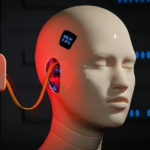
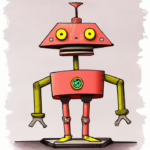
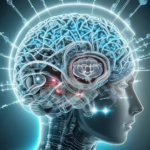











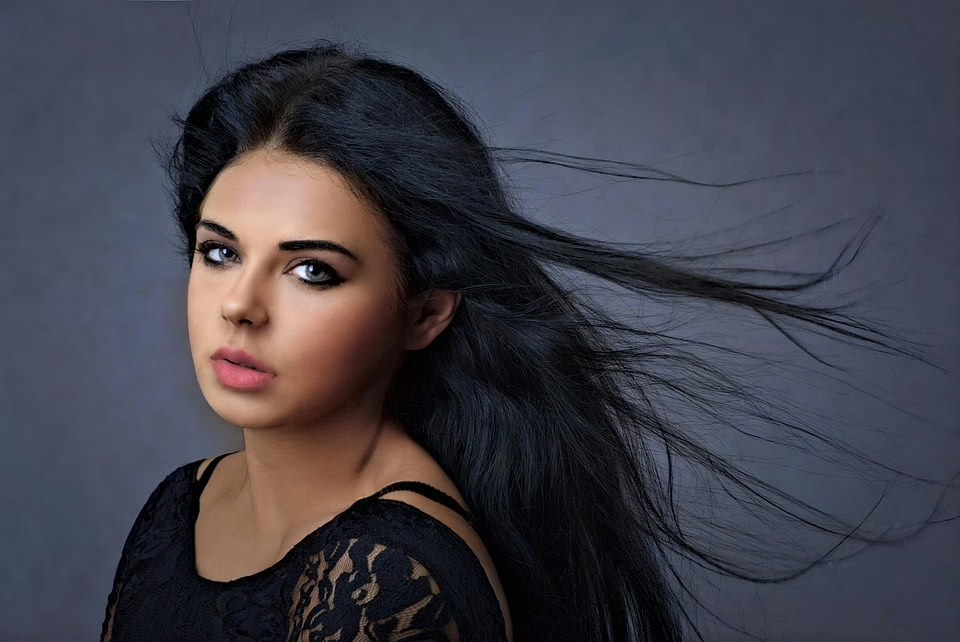
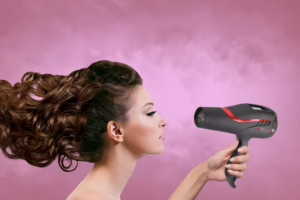


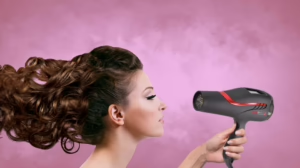
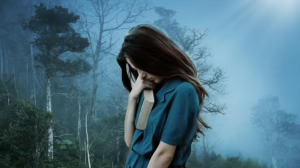





Add Comment